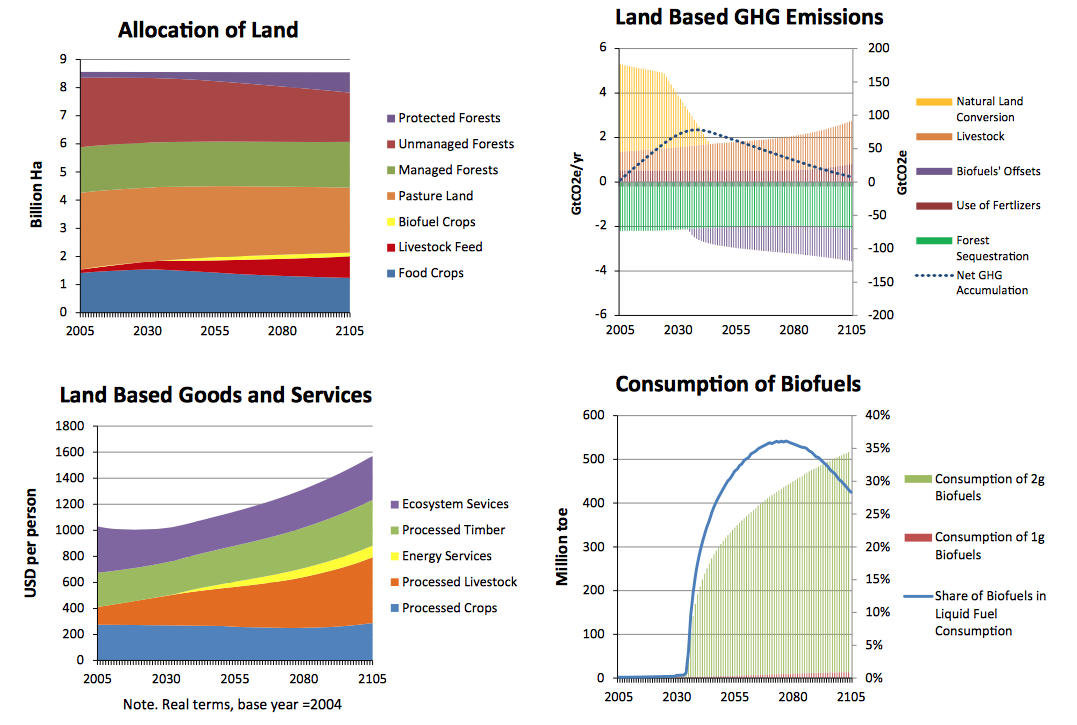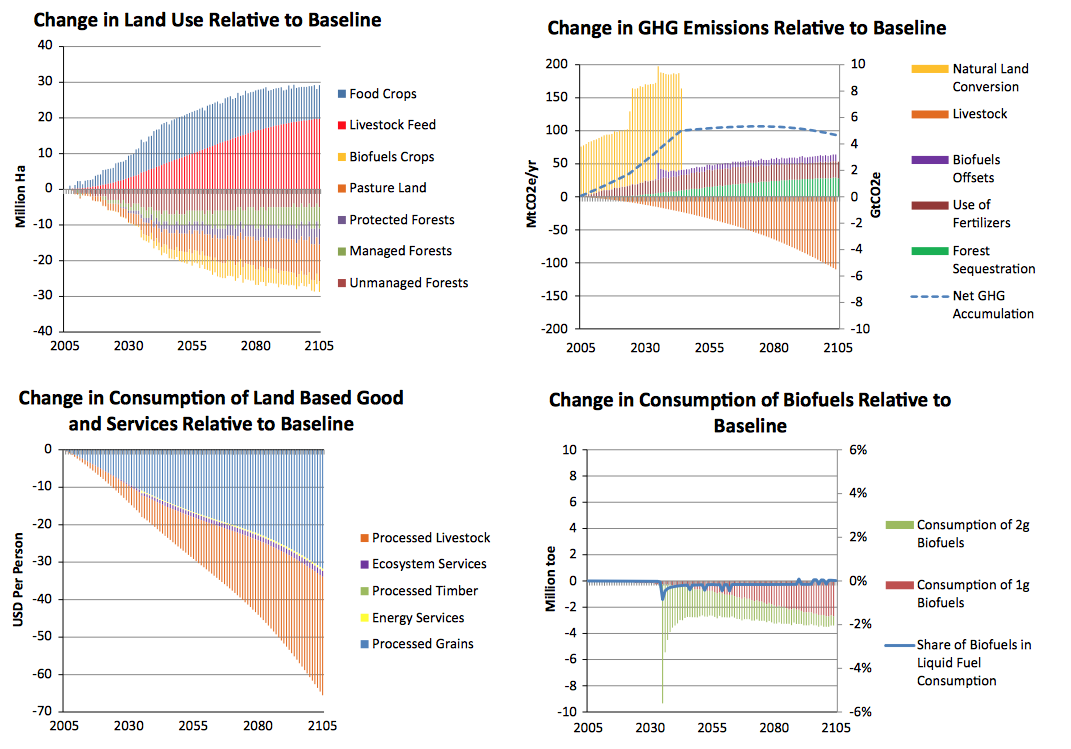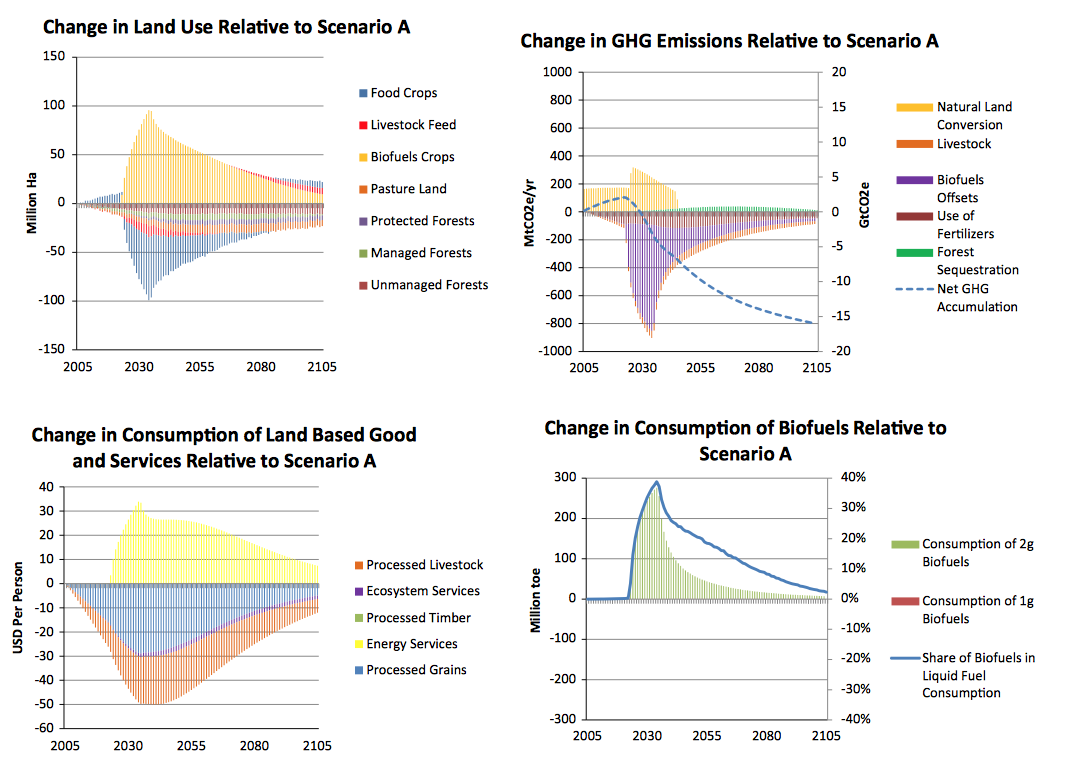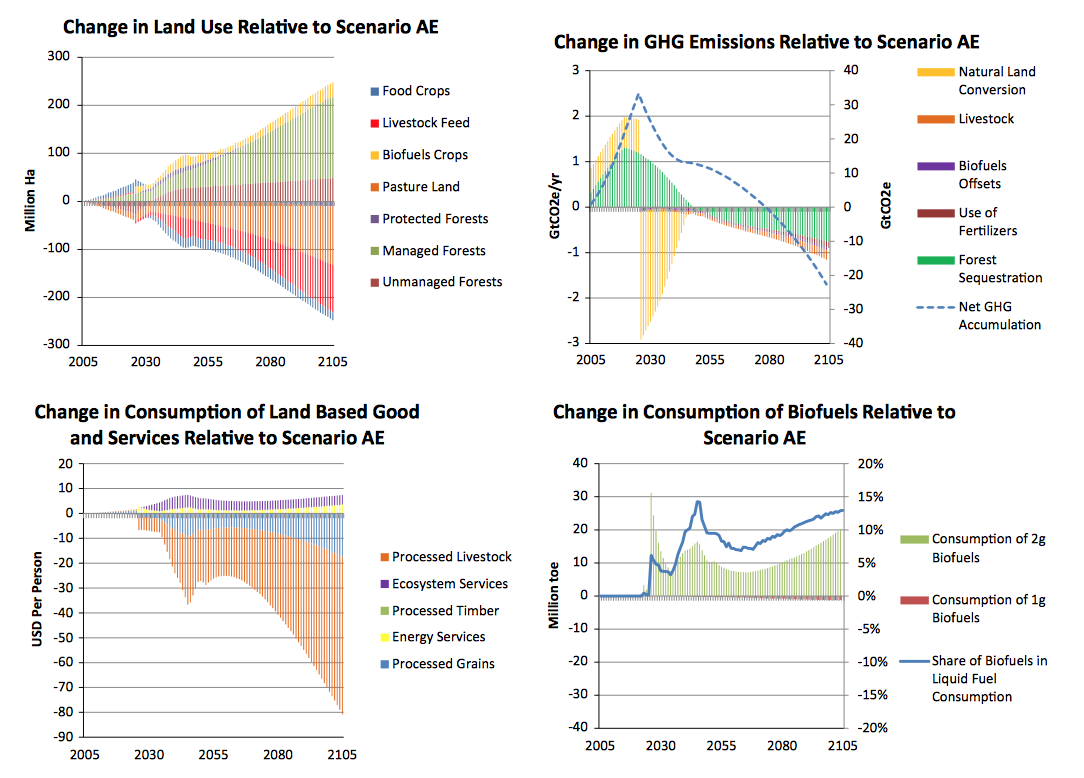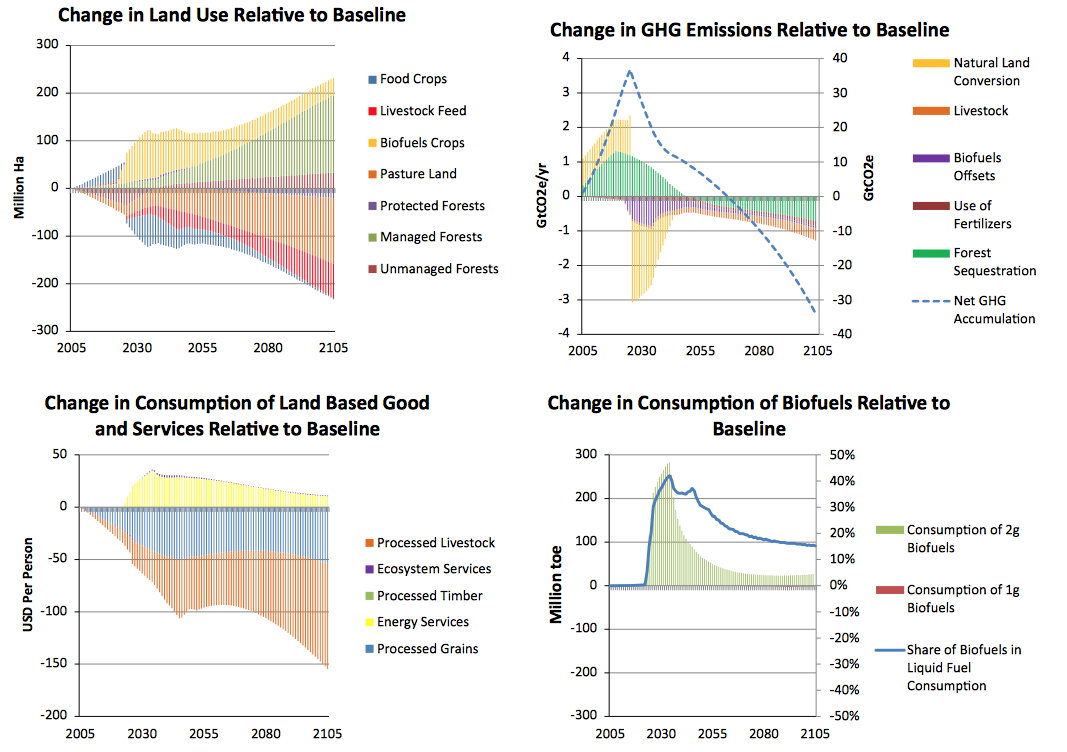The consequences of climate change are most often depicted as acts of nature: warmer temperatures, rising sea levels, and more frequent extreme weather. But a shifting climate will also dramatically affect civilization’s oldest industry, agriculture. More and more scientists are focusing their attention on how climate change will affect crop yield, farming practices, and food security for the world, and the massive implications for economics and health. Research on these important topics by Joshua Elliott of RDCEP is heavily featured in “Climate Change and Food Systems,” a new, free-to-download book published by the Food and Agriculture Organization (FAO) of the United Nations.
The primary mission of FAO is to improve food security around the world, by reducing hunger and poverty while protecting natural resources. But all of these goals are moving targets in light of climate change and its uncertain downstream effects upon global supplies of food and water. In her foreword to the new book, FAO Deputy Director-General Natural Resources Maria Helena Semedo wrote that the response to these changes must come from several quarters.
“The growing threat of climate change to the global food supply, and the challenges it poses for food security and nutrition, requires urgent concerted policy responses and the deployment of all the scientific knowledge and accumulated evidence at our disposal,” Semedo said. “It also requires a sharper focus on the important drivers of climate adaptation, including the potential role of trade to mitigate some of the negative impacts of climate change on global food production.”
Elliott’s two chapters in the book demonstrate the current state and potential of computational modeling to anticipate and prepare for these challenges. By connecting advanced climate models and their outputs to agricultural and economic models, researchers can make robust forecasts of how climate change will affect food supplies -- and vice versa. For example, shifting dietary preferences in the developing world could lead to changes in planting practices or more livestock farming, further elevating atmospheric carbon and accelerating climate change.
Modeling can also help policymakers and scientists understand the regional relationship between climate and food systems. While areas near the equator will likely become less amenable to agriculture in a warmer, drier future, areas far North or South may grow more hospitable to crops. Some regions may also experience a form of “hidden hunger” -- decreased nutritional value from staple crops such as wheat and rice that contain less vitamins and protein when grown in a high-CO2 atmosphere.
These forecasts can also inform potential policies that help society adapt or mitigate the damage of climate change. New trade policies, for instance, may help alleviate food security concerns from the drift of food production to regions farther away from the equator. Modeling studies may also provide informed guidance for issues such as water supply management and the use of agricultural biotechnology, biofuels, and fertilizer.
“This book brings together some of the world’s leading experts in climate change and food systems to produce a comprehensive report on the state of modeling and science around these issues,” Elliott said. “For almost 70 years, the FAO has been a major driving force for improving global agriculture, food security, and human health. With the credibility and scope that FAO brings to this debate, I hope this exciting and comprehensive book can help drive the conversation about global change in the coming decades, and inspire an increased focus on food security and climate change adaptation, as well as a renewed call to researchers and modelers to address these essential topics. “
For more on “Climate Change and Food Systems,” see the UN FAO release.
People
Joshua Elliott
Publications

















